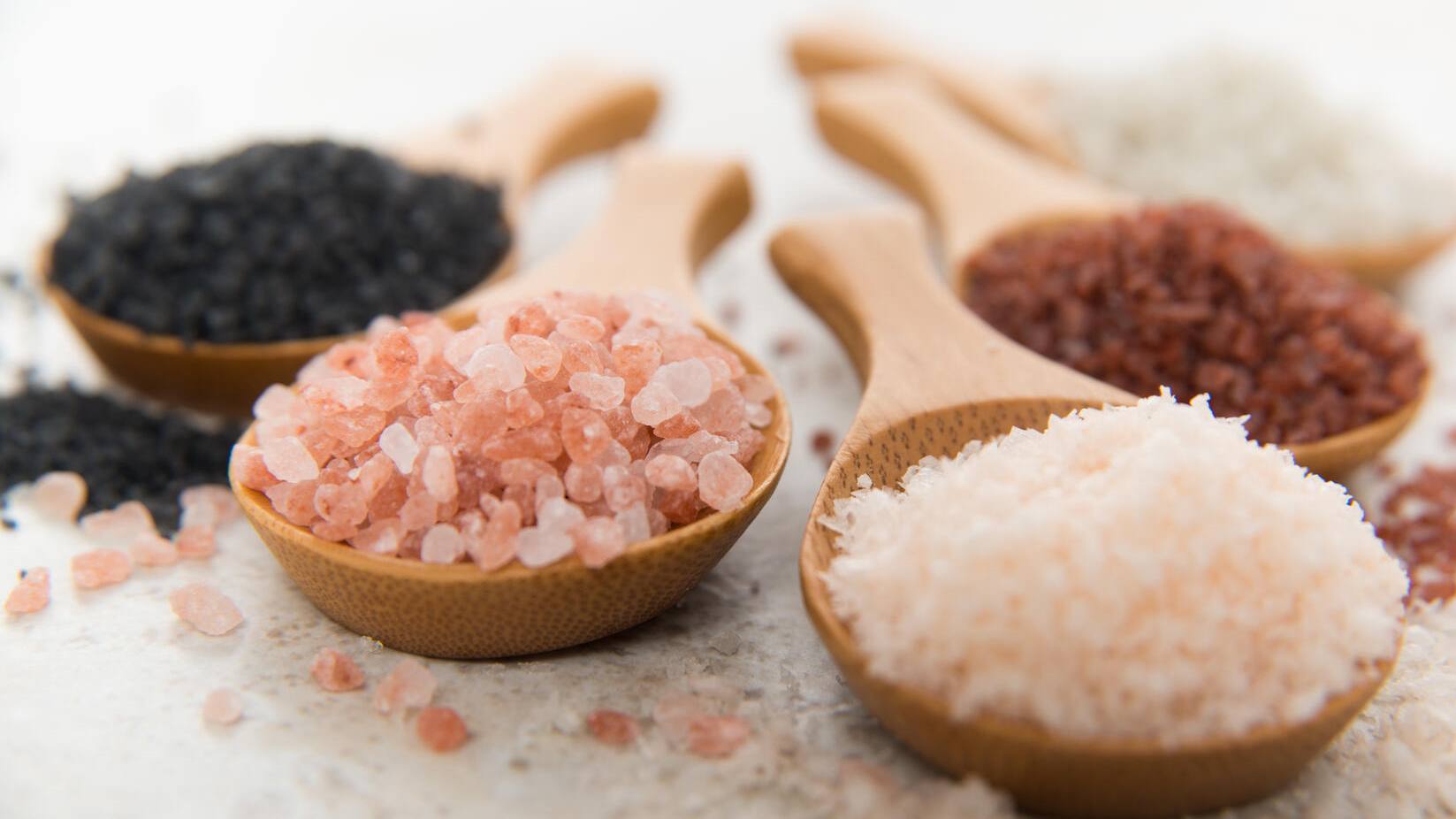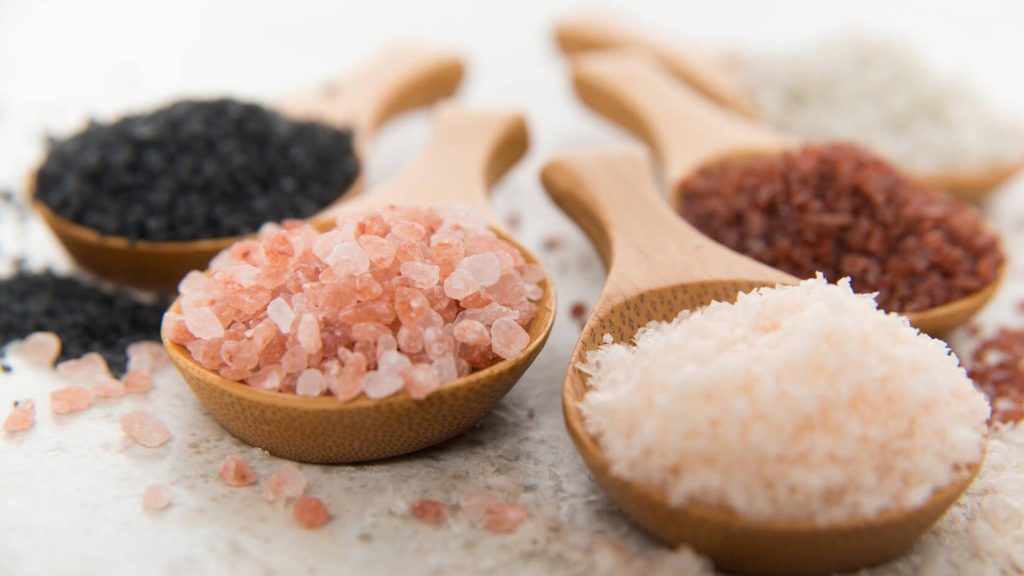-

Mayo Clinic Minute + Video: Is Himalayan sea salt a healthy alternative?
Consuming too much salt can lead to serious health conditions, including high blood pressure, heart disease and stroke.
Many consumers are turning to Himalayan sea salt, which can now be found in almost any grocery store. Claims are Himalayan salt and other sea salts are a healthier alternative than regular table salt.
Are the claims true?
Dr. Regis Fernandes, a Mayo Clinic cardiologist, says, before you stock up on Himalayan sea salt, there are some things you should know.
Journalists: Broadcast-quality video (1:03) is in the downloads at the end of this post. Please courtesy: "Mayo Clinic News Network." Read the script.
Himalayan sea salt often comes in pinkish-colored crystals along with claims it contains special healing properties. But Mayo Clinic's Dr. Regis Fernandes says when compared to regular table salt, Himalayan sea salt is basically the same thing.
"Salt is sodium chloride, and Himalayan salt, pink salt, rock salt or sea salt, all of these are also sodium chloride," says Dr. Fernandes.

The American Heart Association recommends healthy adults consume no more than 2,300 milligrams of sodium chloride per day. That is the equivalent of about one teaspoon of regular table salt.
"One teaspoon of rock salt, sea salt or Himalayan salt has 2,200 milligrams, so they're very close. So it is important not to overuse those," says Dr. Fernandes.

Himalayan sea salt has a slight amount of minerals, which can give it a pink hue. However, Dr. Fernandes believes the healthiest choice is to limit your sodium intake altogether.
"Salt increases our blood pressure and high blood pressure is associated with an increased risk of cardiovascular disease and other vascular problems, like stroke, for example," says Dr. Fernandes. "What we tell patients is salt is salt, it is all the same thing, so you have to be careful how you use them."

Related posts:
- Mayo Clinic Minute: Is salt sneaking into your diet?
- Mayo Clinic Minute: Are you using a salt substitute?
- Mayo Clinic Minute: Hold the salt to help your heart
For the safety of its patients, staff and visitors, Mayo Clinic has strict masking policies in place. Anyone shown without a mask was recorded prior to COVID-19 or recorded in an area not designated for patient care, where safety protocols were followed.







